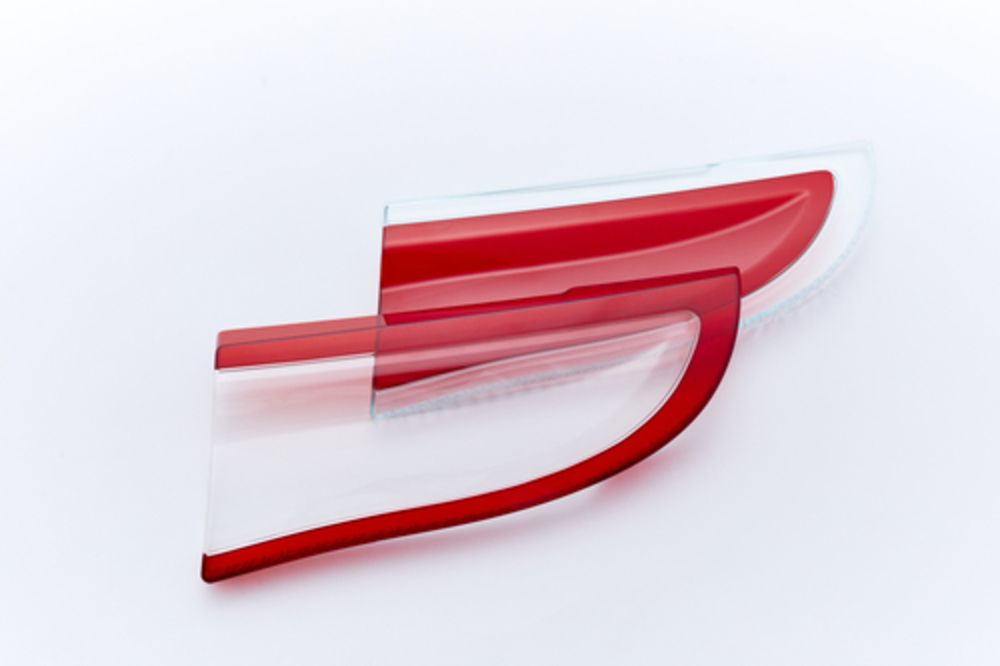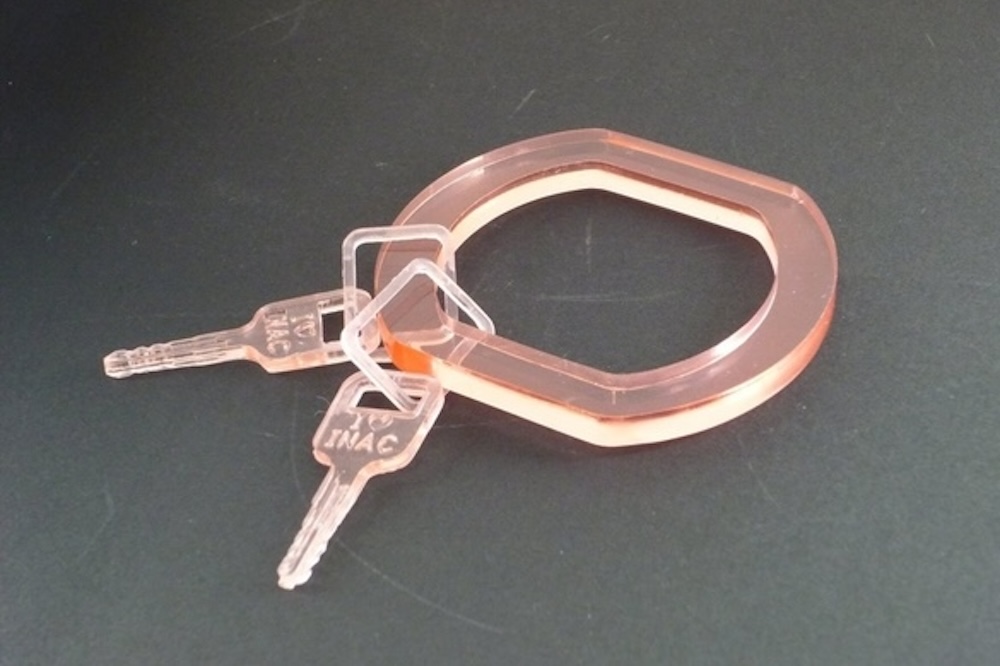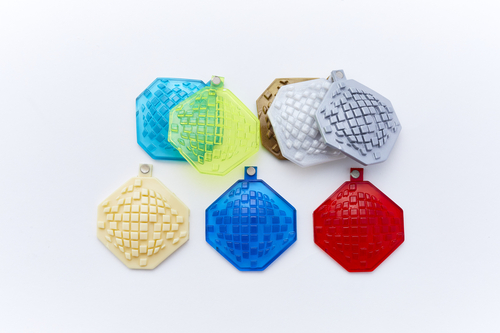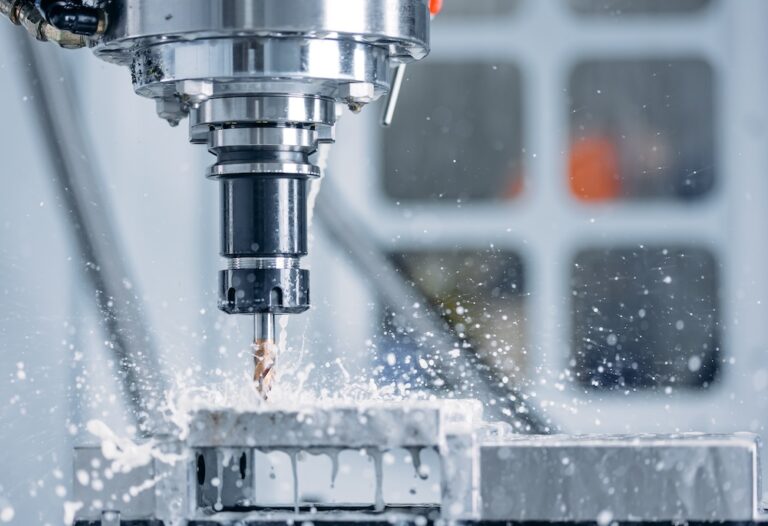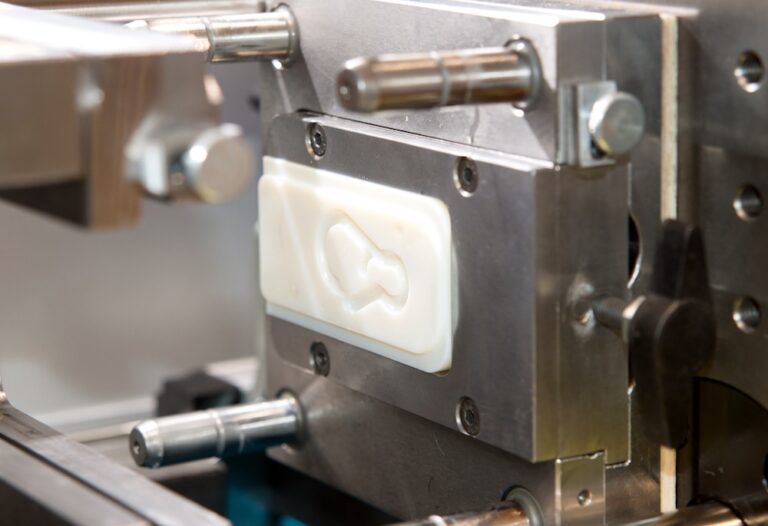Prototyping with
Vacuum Casting Service
What We Offer
Prototyping with Vacuum Casting service at INAC US leverages 3D printing models as master models for vacuum casting. We offer ultra-fast delivery times, making this process ideal for experimental designs and developmental processes.
Our unique method allows for simultaneous multi-color casting and the combination of various casting materials in a single mold. From ABS-like and PP-like urethane-based materials to acrylic-like epoxy-based and adjustable hardness elastomers, we provide an extensive range of material options. Whether it’s blending with light-diffusing agents or GF, or toning, we tailor our services to meet your specific requirements.
Specifications
| Materials | ABS like (urethane based), PP like (urethane based), Acrylic like (urethane based) and elastomer like(urethane based), etc. |
|---|---|
| Standard Lead Time | 1 to 2 weeks |
| General Tolerances | ±0.00394 inches |
| Finishing Options | Toning and blending of light-diffusing agents are available. Material can be colored to the specified color for molding. Insert molding and two-color molding are also available. |
| Maximum order quantities | 10 to 20 shots can be molded per mold. |
| Minimum order quantities | We can accommodate from one piece. |
Past Works
Vacuum Casting
FEATURE:
Vacuum casting is a method in which a master model is used to create a mold from silicone rubber, and a resin material is poured into the rubber mold to manufacture parts.Unlike a mold for injection molding, if you have a master model, you can manufacture dozens of parts in a short period of time.
In addition, since there are many types of casting materials available, you can use the same silicone rubber mold to make prototypes of various materials. Different material insert casting is also possible.
Integrated Vacuum Casting
This sample is vacuum casted in a single unit, made of colored transparent material.
Master model for reproduction can be manufactured by machining or 3D printing. We will offer the best method according to your needs.
Urethane Base, ABS like, POM like, etc.. Various materials will be available.
Please contact us for other possible materials.
Simple injection molding
Vacuum cast items can be colored and toned in accordance with color sample.
Color Variation
- Clear
- Clear color
- Solid clor
- Pearl color
- Glitter
Material Variation
- ABS like
- PP like
- Acrylic like
- Elastomer
vs. Other Processing Methods
vs. CNC Machining
Advantages of Vacuum casting:
- Faster and cheaper for small to medium quantities.
- Allows for simultaneous multi-color casting and combining various materials in a single mold.
- Easy modification of the master model for design changes.
Disadvantages of Vacuum casting:
- Not as precise as CNC machining.
- Limited material choices compared to CNC Machining.
- Not suitable for large-scale production.
vs. Injection Molding
Advantages of Vacuum casting:
- Faster and cheaper for small to medium quantities.
- Allows for design changes without significant costs.
- Soft silicone molds can be used, allowing products with undercut shapes to be forcibly removed to some extent.
Disadvantages of Vacuum casting:
- Not suitable for large-scale production.
- Limited materials are available.
FAQs
39.37 inches x 19.69 inches x 3.94 inches. (depends on shapes)
ABS like (urethane based), PP like (urethane based), Acrylic like (urethane based) and elastomer like(urethane based), etc.
The following factors affect cost: material, form, dimensional accuracy, finish level, delivery date, quantity.
We can accept solid 3D CAD models in IGES (.igs), STEP (.stp), PARASOLID(.x_t) or STL(.stl).
If the original exists, we can make a mold from it and mold it.
Get In Touch!
If you have something you want to make, please contact us. Even a rough idea is OK.
We will give shape to your idea and deliver it to you. Please feel free to contact us.

